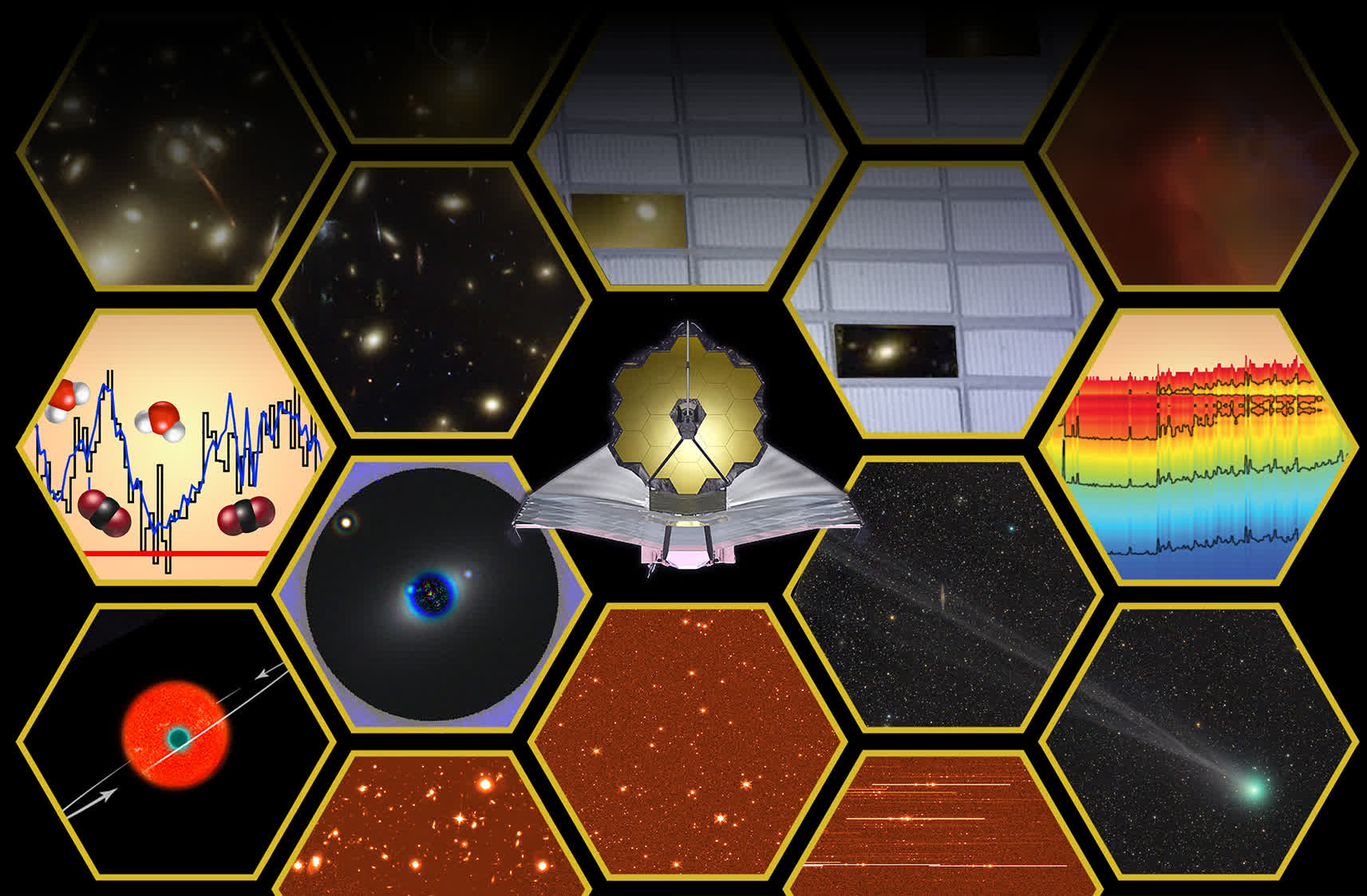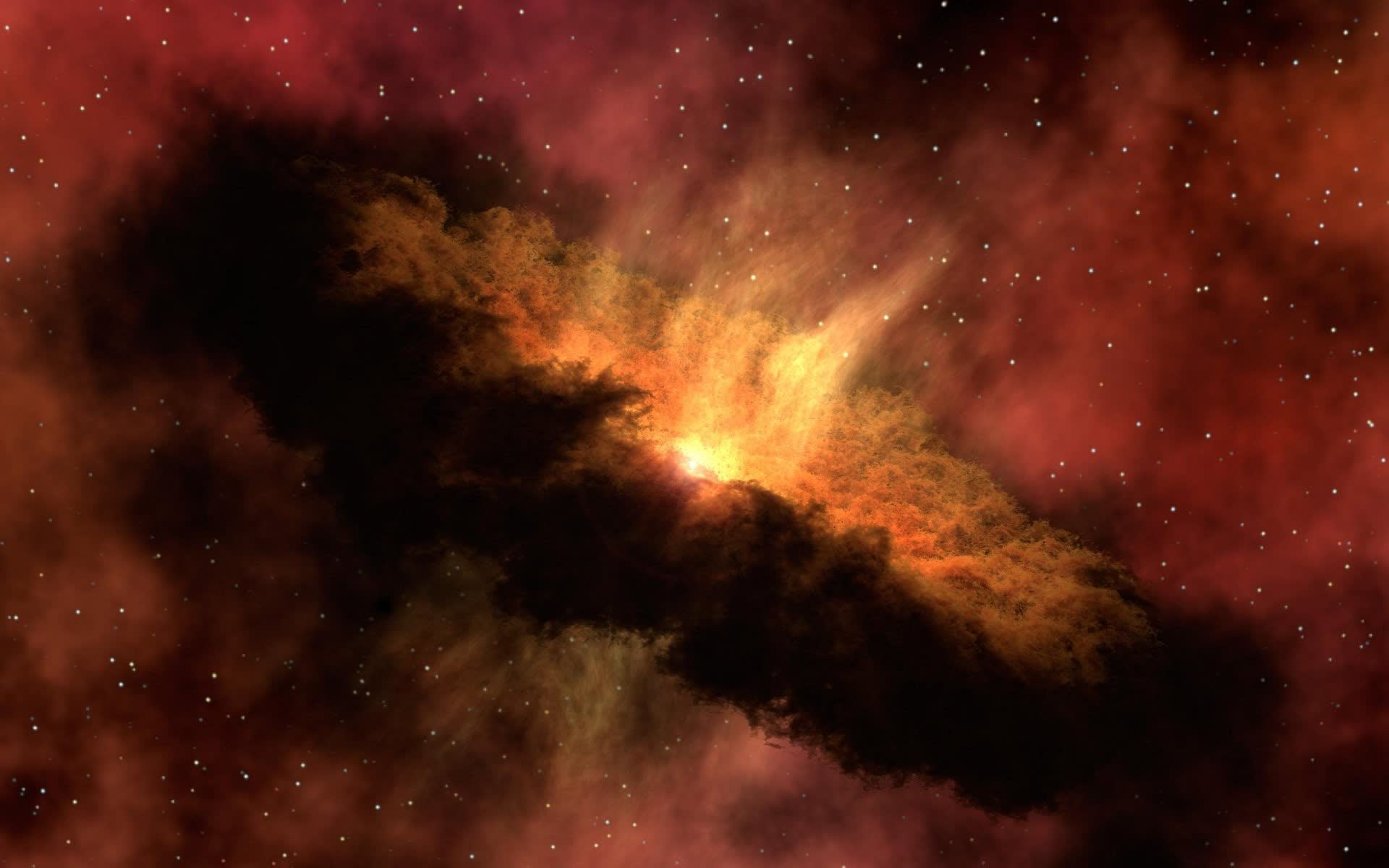Something to look forward to: The first full-color images from the James Webb Space Telescope will be shared with the public on July 12. While governing bodies have already decided what Webb's first targets will be, nobody is really sure exactly what the first images will look like.

Webb, a partnership between NASA, the European Space Agency (ESA) and the Canadian Space Agency (CSA), is the largest and most complex telescope ever launched into space. NASA shared images from the scope's coldest instrument, the Mid-Infrared instrument (MIRI), in May that highlighted the instrument's sharp focus.
The upcoming images will be the first full-color examples and the first to demonstrate all of Webb's science capabilities. Spectroscopic data will also accompany the images, we're told. Furthermore, all of the data captured while aligning the scope and preparing its instruments will also be made available to the public.

Eric Smith, a Webb program scientist at NASA headquarters, said the images will offer a unique moment for everyone to stop and marvel at a view humanity has never seen before.
"Of course, there are things we are expecting and hoping to see, but with a new telescope and this new high-resolution infrared data, we just won't know until we see it," said Joseph DePasquale, lead science visuals developer at the Space Telescope Science Institute (STScI) in Baltimore.
Webb could very well reveal unexpected discoveries that nobody saw coming, just as the Hubble Space Telescope did decades ago. It may also help answer the age-old question of whether or not we are alone in the universe.
Image credit: Pixabay
https://www.techspot.com/news/94802-first-full-color-images-james-webb-space-telescope.html
